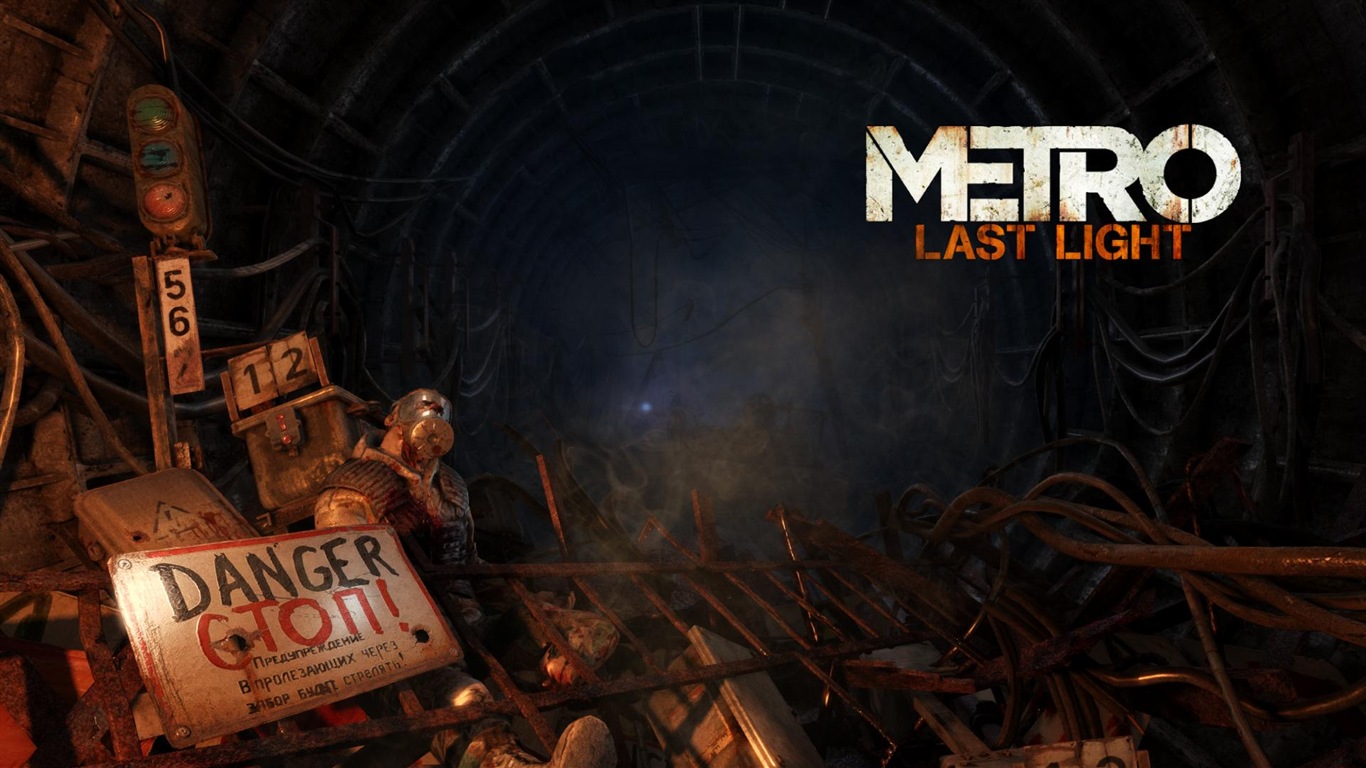
Specs and Methodologyįor the purposes of testing the new AMD Radeon VII card, we used a high-end test bench equipped with the following specs: But its 300-watt TDP indicates that we're still working with a power-hungry card, especially considering the RTX 2080's 215-watt TDP (225-watt for Founders Edition).

When using RX Vega 64 as a comparison, Radeon VII looks a lot more efficient by offering better clock speeds and memory configuration with a smaller die. A closer look at the GPU die in the new Radeon VII video card (right) compared to the RX Vega 64 (left). When it comes to VRAM, Radeon VII boasts 16GB of HBM2 since it's able to fit two additional stacks, resulting in memory bandwidth of 1TB/s as opposed to Vega 64's 8GB of HBM2 and 483 GB/s memory bandwidth. You can see this in the tech specs alone: Radeon VII sports base GPU clock of 1400MHz and boost clock of 1750MHz, while Vega 64 runs a base and boost clock of 1274MHz and 1546MHz, respectively. The shrunken die translates to better efficiency higher clock speeds, more room for memory on the GPU, and better performance per watt. Radeon VII is the first consumer-level video card built with the 7nm manufacturing process, which allowed AMD to create the smallest GPU die yet. See the card from all angles in the gallery below. A closer look at the Radeon VII card and its sleek silver aluminum shroud with a triple-fan cooling system. And as you'll see from our tests below, while AMD's new card stays competitive, its raw performance doesn't quite justify the price point. At $700 USD, the Radeon VII shares the same suggested retail price as the RTX 2080.
1440P METRO LAST LIGHT IMAGE PC
In this review, however, we'll be measuring performance in eight graphically demanding PC games to see how it stacks against other cards.

But what AMD does offer is a significant improvement over its previous generation with a more efficient version of the Vega architecture, a ton of video memory (VRAM), and improved video encoding for content creators. And just like RX Vega, Radeon VII isn't here to blow Nvidia's lineup out of the water, rather, it's a viable option to compete with the newest generation of GeForce cards.ĪMD isn't rolling out fancy new graphics technologies like Nvidia did with RTX's real-time ray tracing or AI-powered supersampling (aka DLSS) for gaming, as those technologies are specifically tuned for Nvidia's Turing GPU architecture. This time around, AMD's schedule isn't as far behind the new Radeon VII is AMD's answer to Nvidia's RTX 2080 that came out in September 2018. The RX Vega 64, which launched in August 2017, was an answer to the high-end GTX 1080 that first hit the market in May 2016. In recent years, AMD has been in a position to react to Nvidia in the graphics card landscape.


 0 kommentar(er)
0 kommentar(er)
